On This Day…May 8th.
A real ‘OTD...’ favourite, the Brewster, here in Suulajarvi, Finland, 8th May, 1944. This BW 374 had 11 confirmed ‘kills’ and was shot down on 12th June 1944. Lt. Taisto Mattila (below) was killed in the crash.
Victory in Europe day being celebrated in Toronto, Canada.
USS Anzio underway, 8 May 1944.
On May 8th, in the Coral Sea, Fletcher and Takagi’s two opposing carrier groups finally spotted one another in full, and all carrier aircraft were called to action. Shokaku was hit twice by the dive-bombers (below) of the Yorktown and essentially neutralised, with her aircraft-launch capacity for the remainder of the battle crippled.
The Yorktown was spotted by a 69-strong Japanese aerial force and 19 of these were directed to sink the carrier. This force was harried by just two Wildcats, disrupting the attack formations and ultimately saving the ship. The Yorktown suffered a direct hit with an armour piercing bomb and there were 12 very near misses, but nothing that took her out of the fight.
The Lexington was less fortunate. With a much wider and slower turning radius than the Yorktown, the Japanese torpedo bombers focused in on her and hit the Lady twice. Dive-bombers zeroed in and added two direct hits on her superstructure, jamming her elevators in the raised position. However, her flightdeck had not sustained any damage and she - more or less - remained operationally potent. For the time being.
The direct hits on the Lex did, however, cause internal gas leaks and fuel that eventually ignited, generating fires that ultimately proved beyond control for the damage crews.
A second torpedo ruptured Lexington’s port water main with resulting loss of power, and essentially left her dead in the water.
The Lexington was now, tactically, a loss and the call given to abandon ship. Two hundred and sixteen of her crew went down with the ship, along with 36 aircraft.
Crew were rescued and relocated to waiting USN ships of the Task Force (above, being rescued -probably USS Phelps) and her remaining aircraft found new homes on the damaged, but still functioning, Yorktown. Lexington was scuttled soon after all survivors were picked up.
The Battle of Coral Sea, though technically (just) a victory for Japan, was nonetheless a major setback to its plans for Pacific dominance. The invasion of Midway Island was the next pressing action for the Imperial Navy but its two large carriers were now tied up in actions at Coral Sea action for the moment - proving decisive for the Battle of Midway to come.
The Battle also set the tone for these Navy encounters. Missed opportunities, cat and mouse tactics, intuitive battle decisions, weather issues, technical problems, and blind luck all played as much of a role as clever tactics and strategy.
Marder III tank destroyer mounting a captured 76.2mm Russian anti tank gun, deploying for an attack on the Kerch peninsula in May 1942.
On the 8th May, 1942, the Germany army struck and overwhelming counter-offensive attack in the on-going Battle of Kerch Peninsula (Crimea). Trapped on the tip of the Crimean peninsula, the Germans under Erich Von Manstein were outnumbered and expected to be driven to the sea and beaten by the Russian 44th, 47th, and 51st armies.
Codenamed ‘Trappenjagd’ (‘Bastard Hunt’) Manstein used a massive combination of land, sea, and air assaults to break through the Soviet front in its southern portion in just three hours. He swung north with the 22nd Panzer Division to encircle the Soviet 51st Army on 10 May and utterly annihilated it on 11 May.
The remnants of the 44th and 47th Armies were pursued to Kerch (where Germans were originally trapped) and the last pockets of organized Soviet resistance were utterly destroyed through German airpower and artillery by 19 May.
The decisive element in the German victory was the Luftwaffe airstrikes against the Crimean Front by Wolfram von Richthofen's 800 aircraft-strong VIII. Fliegerkorps (8th Air Corps) which flew an average of 1,500 sorties per day in support of Trappenjagd. They remorselessly and ruthlessly attacked Soviet field positions, essentially eliminating three Russian armies.
German bombers used up to 6,000 canisters of SD-2 anti-personnel cluster munitions to annihilate the fleeing Soviet infantrymen. Even by WWII standards the casualties were staggering.
In the 11 days of ‘Operation Bustard Hunt’, Fliegerkorps VIII lost 37 aircraft to the Air Force of the Crimean Front’s 417 aircraft. Between 37,000–116,045 Soviet soldiers were evacuated by sea (with around 20% wounded). 28,000 Soviet troops were killed outright in battle and 160,000 taken prisoner. German casualties amounted to ‘only’ 7,588 men, including 1,703 killed or missing. A devastating and brutal campaign.
FM-2 Wildcat fighter prepared to launch from USS Charger (CVE-30) while another flies overhead; photo taken in Chesapeake Bay, Maryland, US, 8th of May 1944.
SS Searaven (SS-196) off Mare Island, California, on May 8th, 1943.
SS Baya (SS-318) off San Francisco, California, United States, 8th of May 1956 - note the additional equipment behind the conning tower.
German General Heinz Guderian (in SdKfz. 251/3 halftrack vehicle) speaking with General Adolf Kuntzen of 8th Panzer Division in France, May 8th, 1940.
Seversky P-35a fighters over the Philippines on May 8th, 1941.
The P-35As were manufactured originally for the Swedish Air Force and in October 1940, President Roosevelt signed an executive order requisitioning all the undelivered EP-106 aircraft to Sweden and impressing them into the USAAC. These were designated P-35A by the Army, and 40 planes were sent to the Philippines during 1941 to bolster the islands' defenses.
This Matilda II of the 4th Royal Tank Regiment was captured in a battle at Halfaya Pass, 8th May, 1941 and pressed into battle against its former owners by the 8th Panzer Regiment of the 15th Panzer Division.
The 90th (and very last) Tiger ‘Ferdinand’ to be built (workers signed names and slogans on the Tank prior to shipping out for the front). Production number Fargestellnummer 150100 - here seen on May 8th 1943 (date chalked on the hull).
Me109G (14) ‘Black 17’ of 2./NAGr 14 lands to surrender to Allied troops at Fürth, Germany, May 8th, 1945.
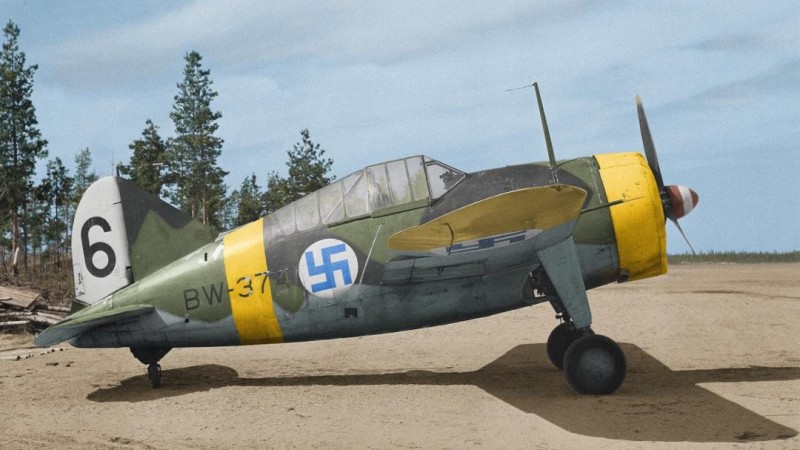


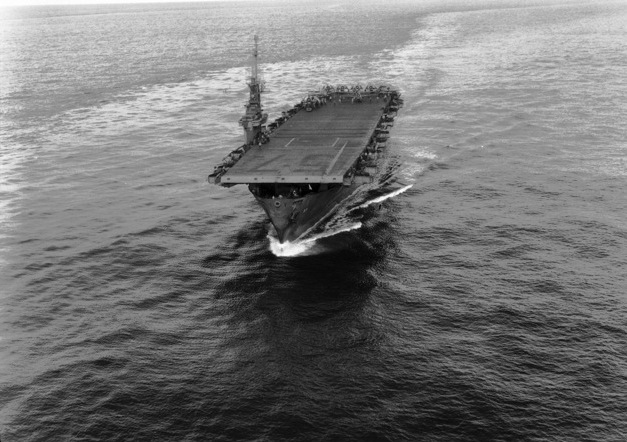
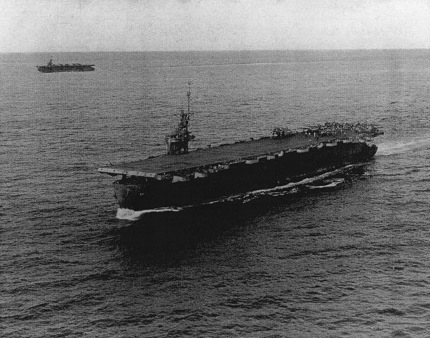
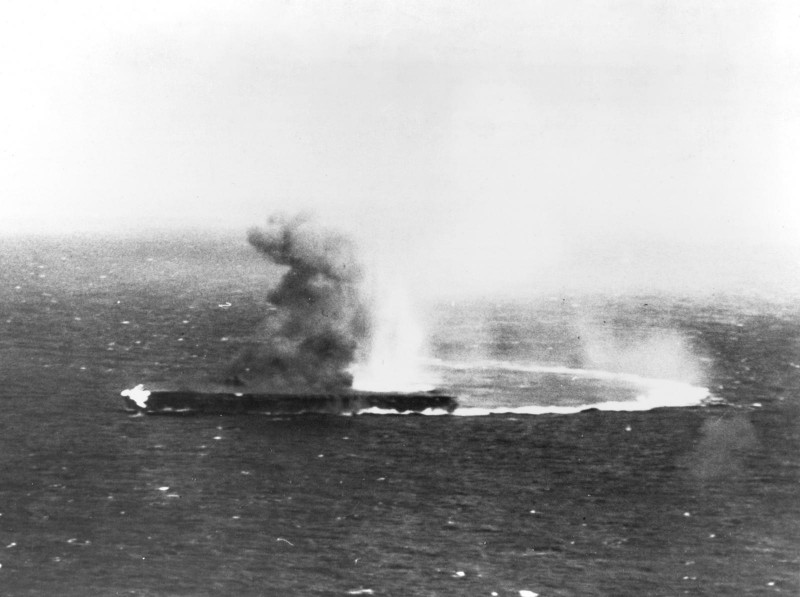
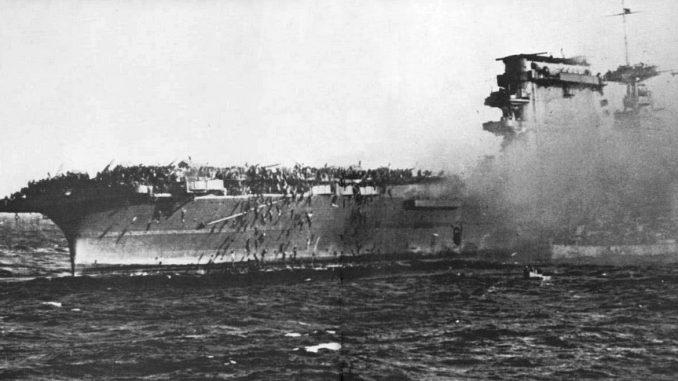
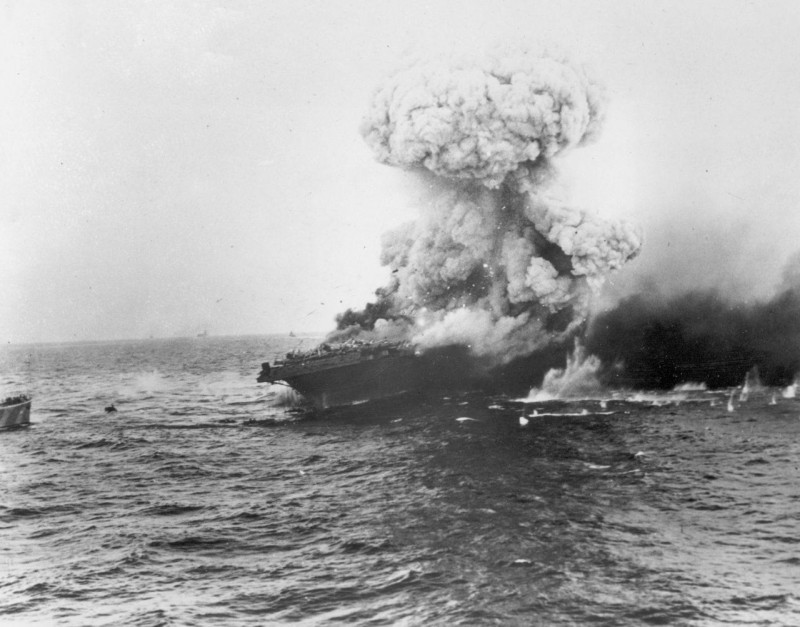


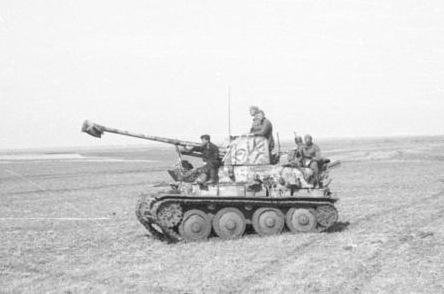

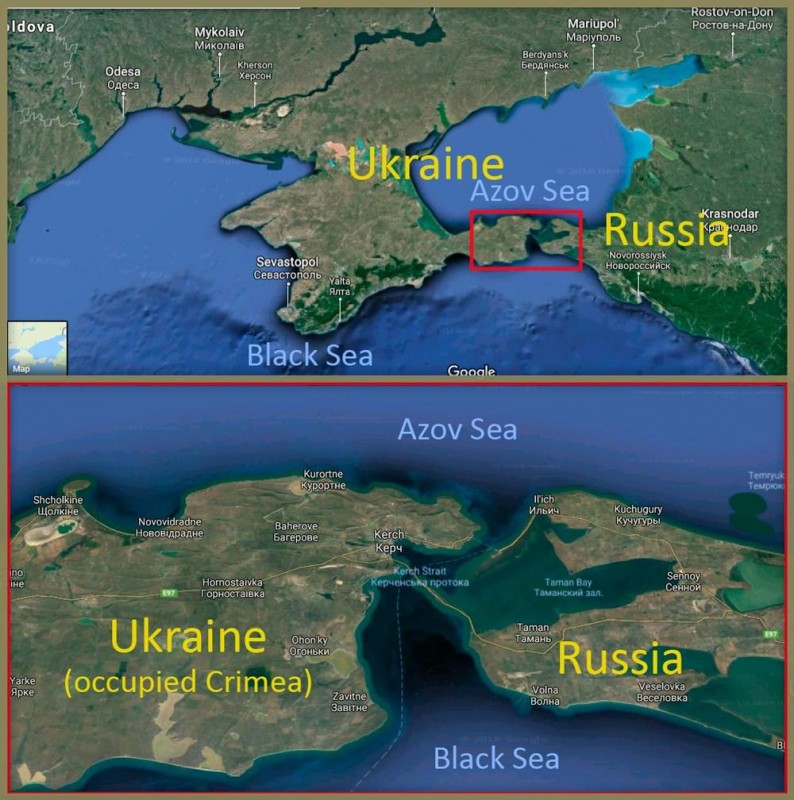


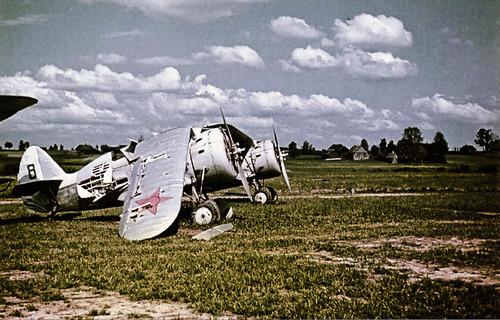

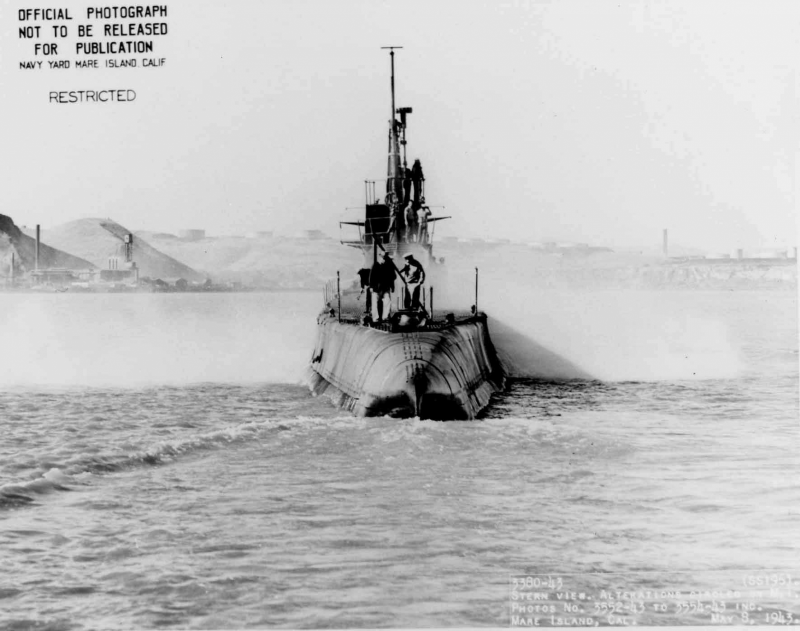
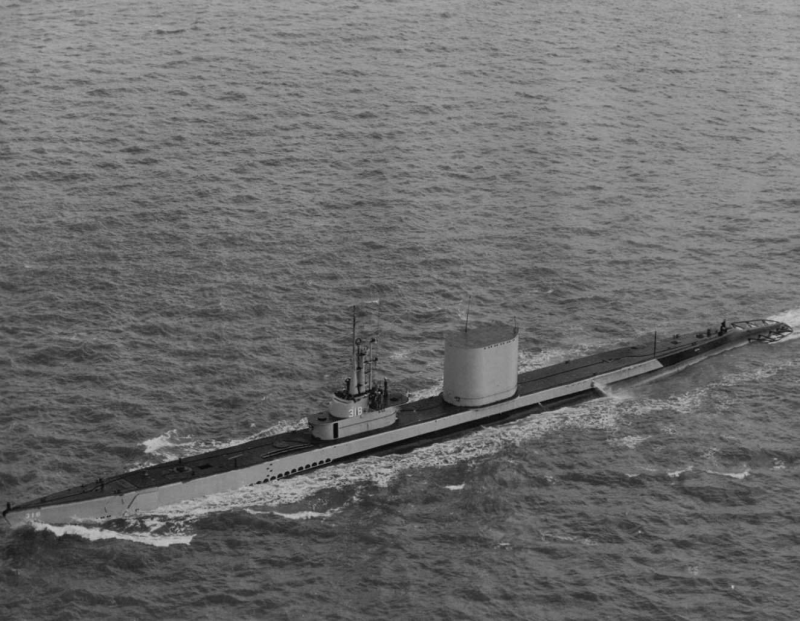
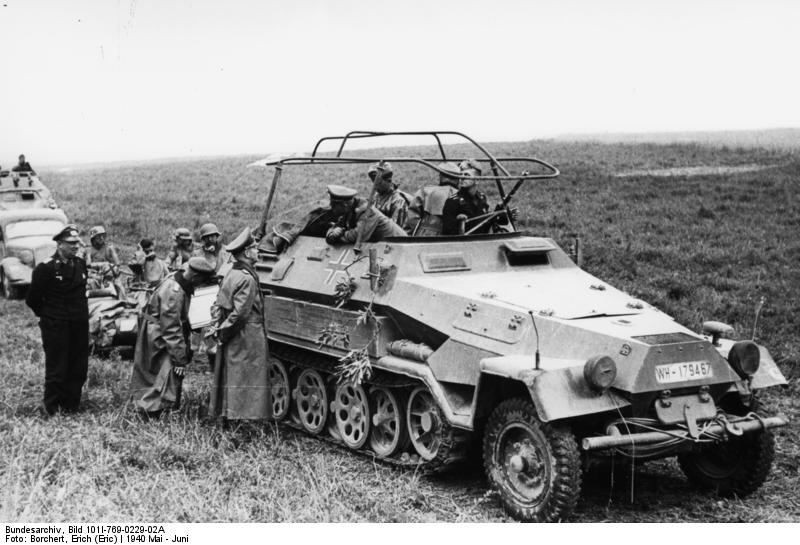
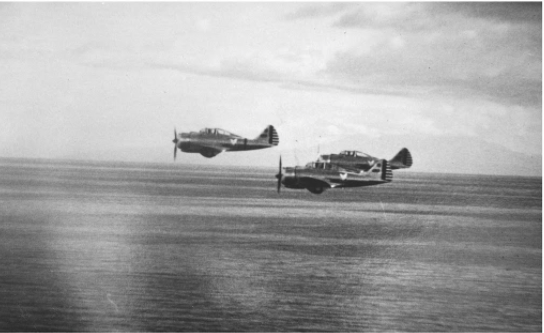
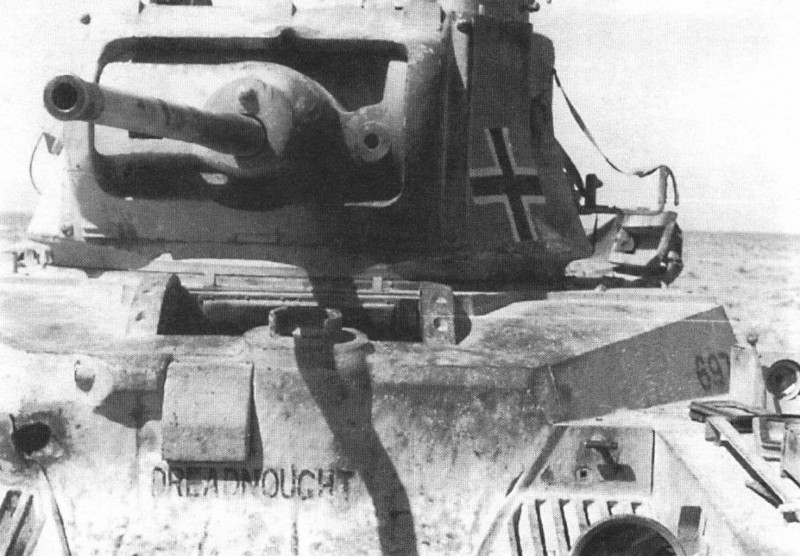
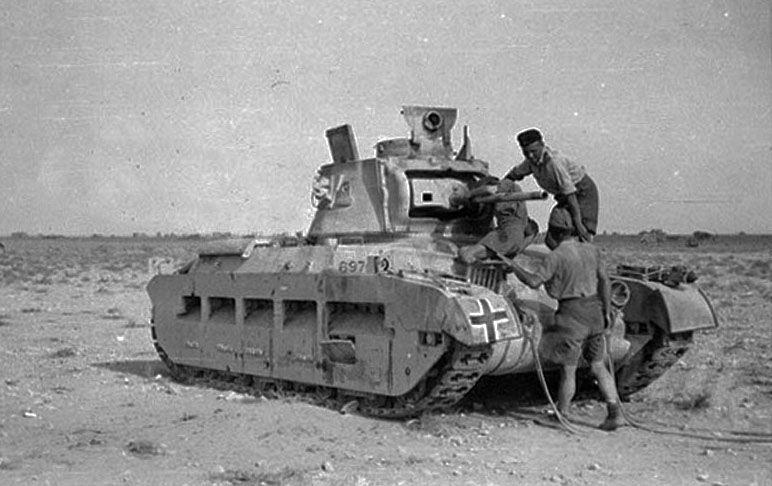
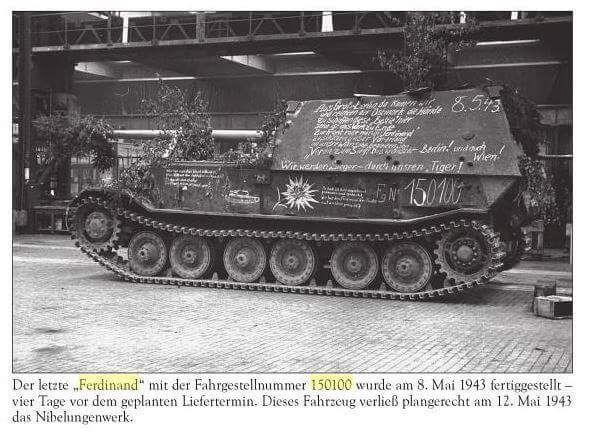
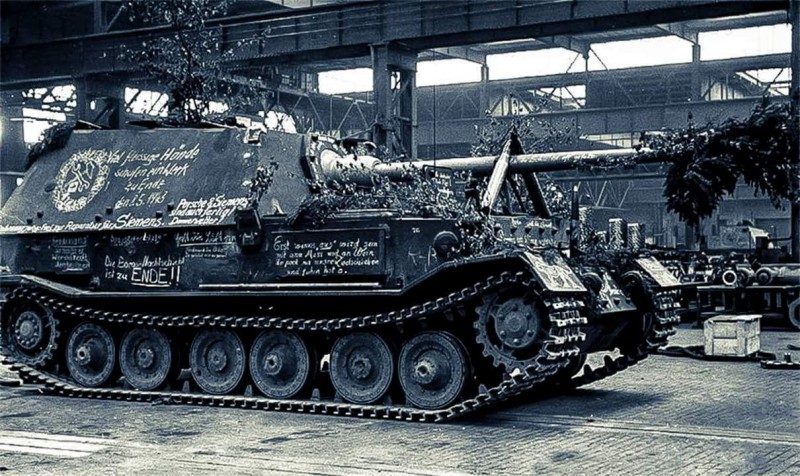
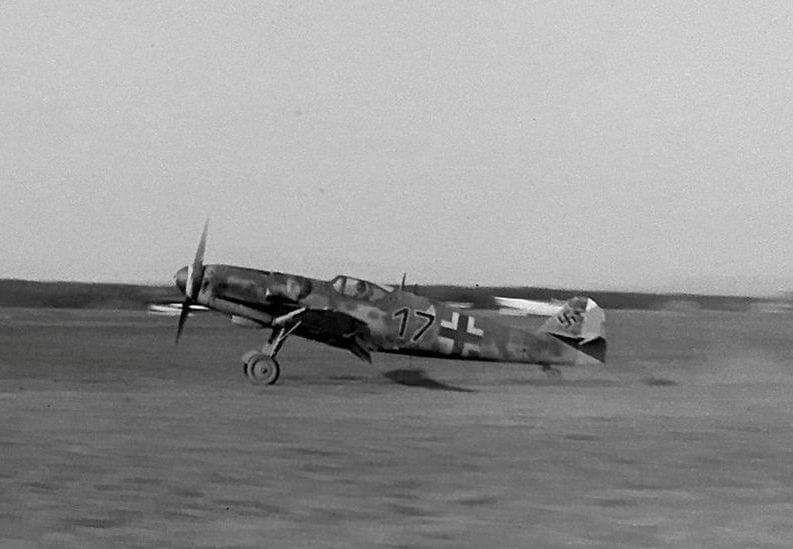
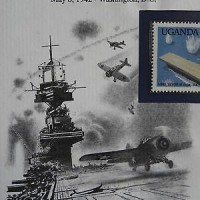

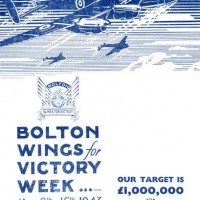
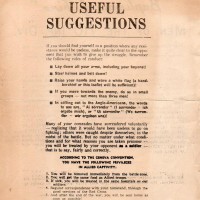

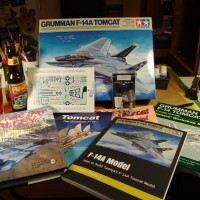
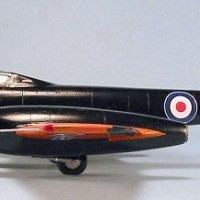
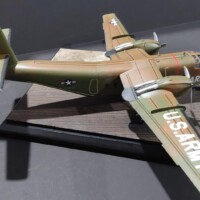
Thanks for all these, they are the main reason I signed up to the forum. The mix of subjects, the variety of time and some excellent photos to bring the stories to life, ensure my daily return with anticipation of the next subject I knew nothing about until reading here. There’s always something each day that’s new to me. Thank you very much for all the effort you clearly put in to these. Obviously a labour of love.
Edit: I’m in the middle of Panzer Leader by Heinz Guderian where he mentions General Kuntzen whilst visiting the headquarters of LXXXI Army Corps at Rouen whilst “examining the potentialities of the Atlantic Wall”. He described him only as a “colleague of the French campaign in ‘40”.
Thank you, Simon. You have no idea how much your post has made my evening!
Thank you.
Some very good topics for today David
Got 2 questions for the knowing audience:
Coral Sea was a tactical victory for the Japanese but a strategic victory for the US, since there was never again a Japanese threat to invade Port Moresby onNew Guinea. One can add to that element of strategic victory the wounding of Shokaku that meant she and Zuikaku would not be available for Midway. Had they not been removed, the outcome of that crucial battle would well have been different.
Agreed 100%, Tom. In many ways a rehearsal for Midway.
And per what you stated, David, regarding a couple of Wildcats breaking up the attack on the Yorktown--meaning she survived and was expertly repaired and thus available for Midway--this makes an extraordinary sequence of events dictating the outcome of the war.
Hi David,
“Chewing gum and bailing wire” might be a better description of the emergency repair work done on the USS Yorktown at Pearl Harbor before she sortied for Point Luck and her met her fate at Midway.
She was very severely damaged at Coral Sea and all that could be accomplished in 48 hours was to get her patched up enough to conduct flight operations. She sailed for Midway with her power plant still damaged and badly compromised water tight integrity, which contributed to her loss.
Rick, one of the most bizarre features of the sinking of the Lex comes from Noel Gaylor (himself a Wildcat ace serving on the Lexington).
While the Lex was under orders to abandon ship, someone in the extreme stern of the carrier put out word they were giving away free ice cream. Unbelievably a queue started forming at the ice cream generator! I say ‘unbelievably’ - then you remember the average age of these guys was 19 or 20...
@fuzzmann
That's good info, but it's still pretty remarkable she sailed at all and played the role she did. The Japanese very reasonably thought she was a total loss for the U.S.
Hi Pedro.
I understand that the P35a was completely outclassed by the Japanese fighters. Problems were a lack of armor and self-sealing fuel tanks that made the plane very vulnerable (12 P-35As were blown up and six damaged by a Japanese strafing attack on Del Carmen Airfield on 10 December) - so much so that by 12 December 1941, only eight P-35As were still airworthy.
In January 1942, the five surviving P-35As tried to fly to Bataan from Lubao Airfield, but two were downed trying to land there, the remaining two aircraft used for baggage planes. So, in answer to your first question regarding the kill ratio i’d Say ‘0’.
The second question, regarding the 109, I’ll keep an eye open and try to find data.
Thank you David! The abismal performance of the P-35 vs Jap fighters is indeed conclusive. Still it was the forerunner of the fabulous -47. And thank you also should any info regarding the 109 pop up
love the shots of hurrying Heinz one of the greatest commanders of the second world war...there is something about the way he wore his hat i can pick him out in a crowd...he even stood up to Hitler when surrounded by sycophants
Fabulous post, David. For me, the tidbit of the post:
"...This force was harried by just two Wildcats...disrupting the attack formations and ultimately saving the ship."
Two lowly, stubby, scrappy F4Fs disrupted 19 attackers, saved the Yorktown so she could fight another day, be there at The Battle of Midway, keep the Japanese from getting a base from which to attack Hawaii, turn the tide of the war in the Pacific, etc., etc.
Makes you want to build a couple of Wildcats! I wish I had the call letters of those little guys!
David, I know one person who can tell you an awful lot more about the Wildcat heroes that day...
@tcinla
Hhmmm. Quién será?
Ha, who indeed?
@davidathomas
@tcinla
Didn't know that there was another Coral Sea CVE 57, I know of CV-43.
1 attached image. Click to enlarge.
Robert, @roofrat - you are 100% correct. That light carrier is the Anzio, I was so wrapped up in the Coral Sea story that I just made a classic Freudian slip. Thanks, Robert, and especially so for what may qualify as the politest correction I’ve ever experienced.
The Anzio began life as the Coral Sea. She was re-named in 1944, so they could use the name on the new CVB heavy carrier. USS St Lo, the CVE that became the first kamikaze victim, was renamed so they could use her original name, Midway, for the new CVB. The crews of both ships thought they had been given back luck by having the ships' names changed after they had seen service.
So I WAS right! Ha, even a broken clock works twice a day!
Enjoying the Coral Sea series very much David.
Once again David, a great posting. The breadth of the scope, showing operations in different theaters and even "back at home" photos, makes this column so impressive. Through your efforts we get a sort of "newsreel of stills" that keep us informed of the very many aspects of the armed conflicts we are all so interested in.
@dirtylittlefokker
Great stories and photos as usual. The story of the Lex sure is riveting stuff.
What really caught my attention today was the Crimean Peninsula story. I had just realized a couple of months ago that although I've been a student of WWII history since a child, I'd never really read much detail about the war between Germany and the Russians - and bought my first book about it! You are just scratching my itch...
Greg, if you get the chance, then read up on Erich Von Manstein. The man was a strategic genius along the lines of Rommel, and the brains behind the Bastard Hunt. In terms of planning and execution the Battle was history in the making on how to beat an army that outnumbers you.
@gkittinger